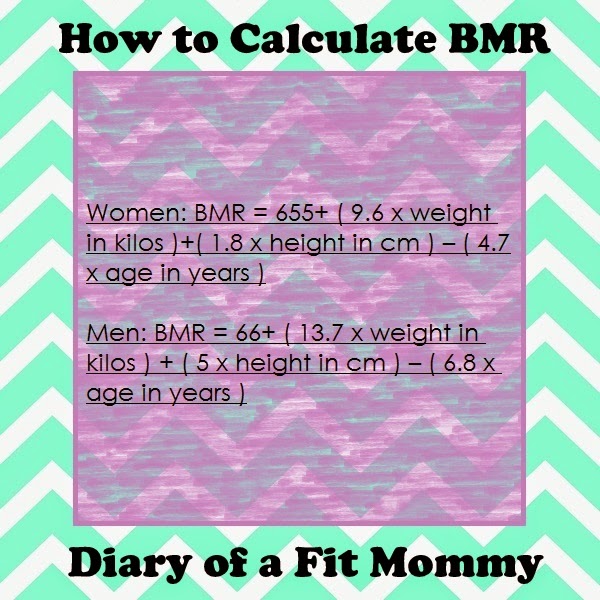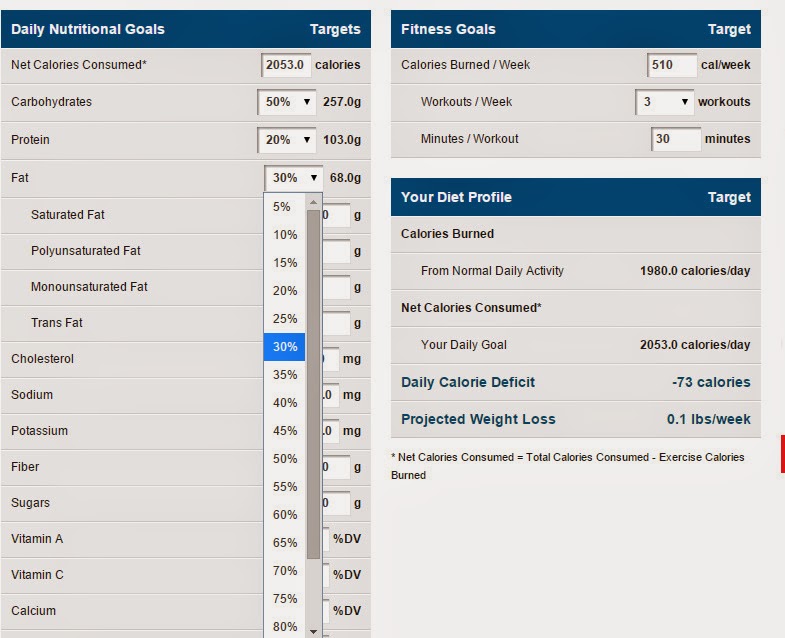
How to Calculate Your Macros!
We recently discussed how to count your macros. But now, we are back for round two to find out how to calculate the right amount of macros for you!
The thing with calculating, counting, and tracking your macros is that it is very much a trial & error thing. Meaning, you will be tweaking your carbs, proteins, and fats a LOT until you reach that perfect harmony to get you to your goal.

First things first-counting your macros and eating clean are two different things. One focuses on quantity rather than quality and vice versa and both have their pros and cons.
You can eat whatever you want-as long as “it fits your macros.” Some people who follow the IIFYM diet plan eat pizza, ice cream, and Poptarts-as long as it fits their macros for the day.
Now, this doesn’t mean you should eat junk food all day. Sure, I count my macros, but I don’t eat garbage all day. But, say you were craving that ice cream cone or that slice of pizza-if it fits into your macros for the day, it is allowed.
Clean eating on the other hand, focuses on the quality of your food. This is great, but what is clean eating anyway? If you were to survey a room filled with 10 people, I am sure that nearly half would have different responses. There is NO one clean and cut definiton for clean eating.
I was strictly on the “clean eating” way for over three years.. until I was tired of reading every single label of everything that I picked up at the grocery store. It literally caused unnecessary stress and anxiety because I worried if every little morsel of food that I ate would cause cancer or poison me. I actually became so obsessed with the mind set of eating clean that I lost too much weight and I developed a disordered eating-yes, too much of a good thing is never GOOD and you can take “clean eating” too far.
This is where I said enough was enough and that it was time to try a better approach: counting my macros.
The macronurtrients that you choose to eat can play a large role in your ability to burn fat, stay the same, or build new muscle. Counting your macros also helps you take control of YOUR diet and teaches you where YOUR calories come from.
Now, let’s do some diet math!
Step One: Find your body’s “maintence” calories.
This is the basic amount of calories that are needed for you to survive day to day. To find your BMR or “basal metabolic rate,” you will need your gender, weight, height, and age to complete the equation.
Women: BMR = 655+ ( 9.6 x weight in kilos )+( 1.8 x height in cm ) – ( 4.7 x age in years )
Men: BMR = 66+ ( 13.7 x weight in kilos ) + ( 5 x height in cm ) – ( 6.8 x age in years )
For example, here is mine:
655+ 499.2+ 288- 117.5 = 1324.7 calories needed to survive daily.
Step Two: Determine your day-to-day activity level to Figure Out Your New Daily Caloric Intake Goal
Using the Harris Benedict Formula, determine your total daily caloric needs. Keep in mind, this is just an average because let’s face it-one person’s thought of “sedentary” might be another person’s “lightly active” or vice versa.
- Sedentary (little or no exercise): BMR x 1.2
- Lightly active (easy exercise/sports 1-3 days/week): BMR x 1.375
- Moderately active (moderate exercise/sports 3-5 days/week): BMR x 1.55
- Very active (hard exercise/sports 6-7 days a week): BMR x 1.725
- Extremely active (very hard exercise/sports and physical job): BMR x 1.9
Here is mine:
1324.7 x 1.55 = ~2053 calories per day needed
*If you are breastfeeding, I would add around 200 calories extra per day to this number*
Basically, at this point:
- Eat more than this = weight gain.
- Eat less than this = weight loss.
- Eat this amount = weight maintenance.
Step Three: Choose Your Goals
This step is highly important. Your goals will determine your macros.
- Do you want to lose fat? Then your carbs will need to be lower than your protein and fat intake.
- Do you want to maintain your weight and figure? Then your carbs should be eaten at a moderate amount.
- Do you want to bulk up? Then carbs will cover most of your plate.
Step 4: Now, Ready, Set, Calculate!!
From the prior article on macros that I wrote, we should already know that:
- 1g Protein = 4 Calories
- 1g Carbohydrate = 4 Calories
- 1g Fat = 9 Calories
We are now ready to plug in those numbers to find the right macros for you!
Let’s start with protein:
As a good rule of thumb, try to aim for 1 gram of protein per pound of bodyweight. Then multiply by 4.
For example, I weight 115lbs so I need at least 115 grams of protein per day.
Now, taking that number of grams of protein that I need per day, I will multiply that times 4 to give me my protein macros!
So 115 x 4 = 460 calories from protein per day.
Sounds easy enough, right?
Next up, is fat:
Fat is SUPER important and should never be completely restricted. Eating too little amounts of fat will cause serious hormonal damage and wreak havoc on your bodily processes.
In step 2, you will see that the total fat percentage never drops below 15% of your daily calories. If you are planning on eating lesser fat, then you may need to speak to a nutritionist or doctor before doing so!
If you are female, a good number to play with is 30% of your total daily value.
If you are male, then 25%.
Since I am female, I will aim for making 30% of my daily calories come from consuming healthy fats. But, now, I will need to figure out how many grams of fat 30% of my total daily caloric intake will be.
Back in step two, we figured up my daily caloric intake to be ~2053 calories. Now, I am going to multiply that by %30 or .30. This gives me: 615.9 calories. So 615.9 calories out of my ~2053 daily intake will come from fats. But, to make things easier, we must figure out grams. So, we will divide 615.9 by 9 since 1 gram of fat yields 9 calories, right?
615.9/9= ~68.4 grams of fat per day. (Don’t be afraid to round if you want. I promise, it won’t change much.)
Woohoo! We are getting somewhere.
Now, let’s calculate CARBS!
Hooray, we are almost done here. Carbs are an amazing thing and they also will determine your goals.
First things first, take your daily caloric intake value. Remember, mine is about 2053 calories so we will continue using this number.
Now, we know that we will need 460 from protein and 615ish from fats. So this puts us at 977.1 calories from carbohydrates daily.
Now, divide that by 4 and this will be rounded to 244.3 grams of carbs per day.
Happy dance!!!! We finally figured out how to calculate out macros the manual way!!!
If You Are Completely Lost About Calculating Macros:
Here are a few great sources to calculting your Macros using a calcuator, but please note that your result will vary from calculator to calculator, but the first source has been the most on point to me:
http://iifym.com/iifym-calculator/ (this is the official calculator on the IIFYM site. I don’t care for this one because, to me, the calories are always too low for my needs)
Step Five: Tracking Your Macros
Now that you have figured up how to calculate your macronutrients, now is the time to track them.
Personally, I love using MyFitnessPal. It is pretty easy and does it all for you. All you have to do is adjust your goals and numbers.
However, don’t be shocked when your percentages come out different than what you had manually set up for yourself. This is why I like to count & track my macros MANUALLY.
As you can see, mine are a bit different. It won’t let me go in and specifically tweak the percentages-it just goes by 5%.
But doing it this way and mentally rounding makes your day a whole lot easier.
No matter how you choose to calculate or count your macros, make sure it is the best way that suits you and your needs.
For further questions about macros, please talk to a nutritionist regarding your nutritional goals before beginning any type of calorie or macro counting regimen.
Your trainer and friend,












